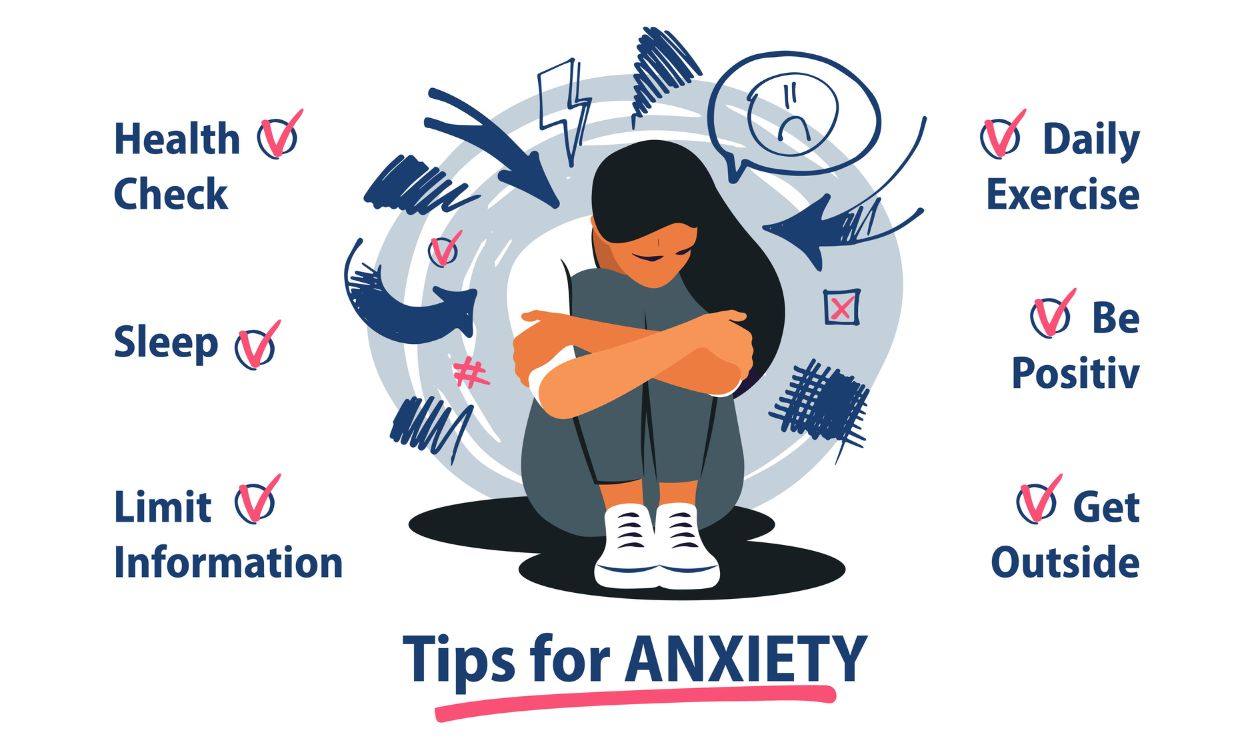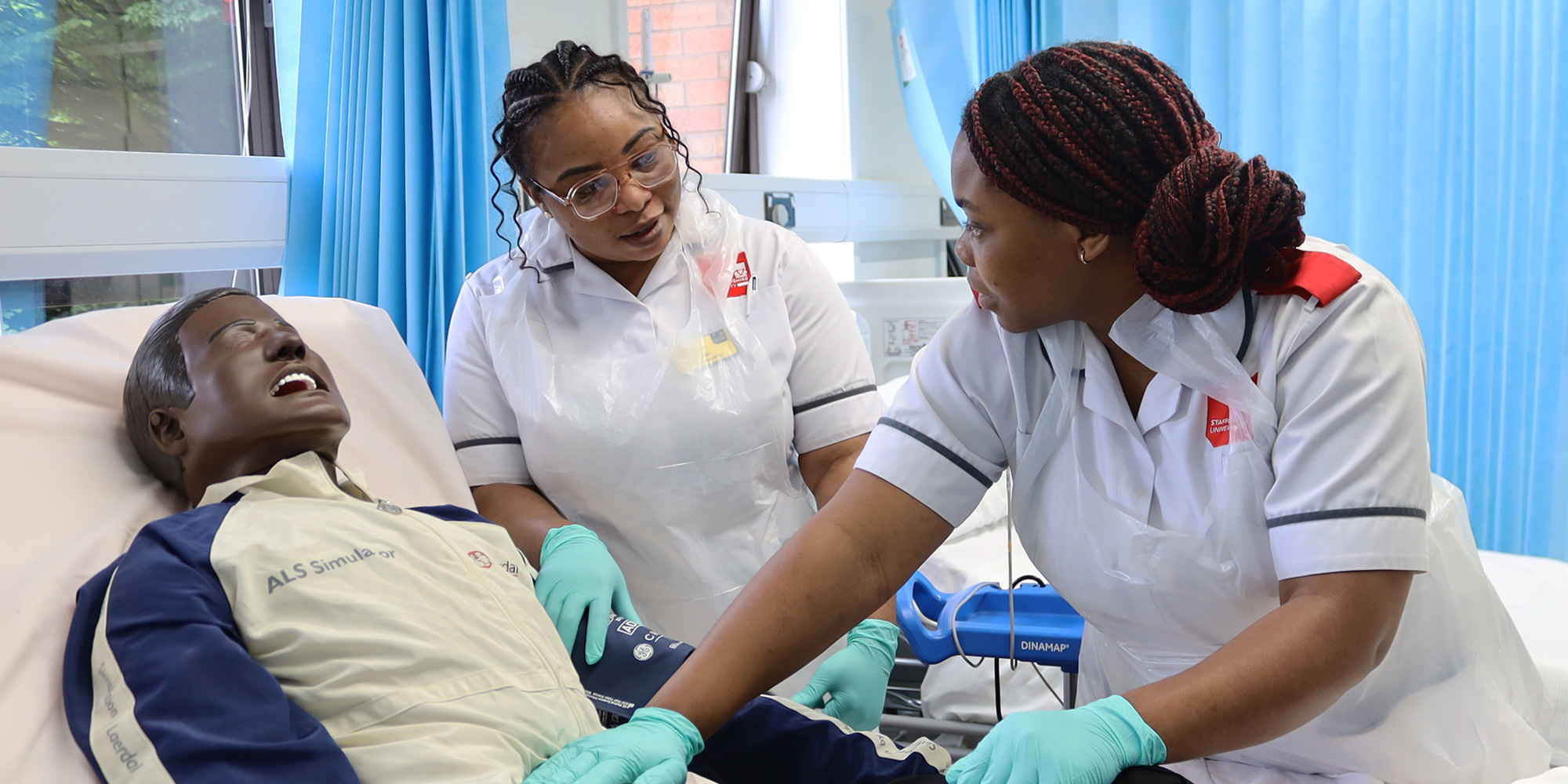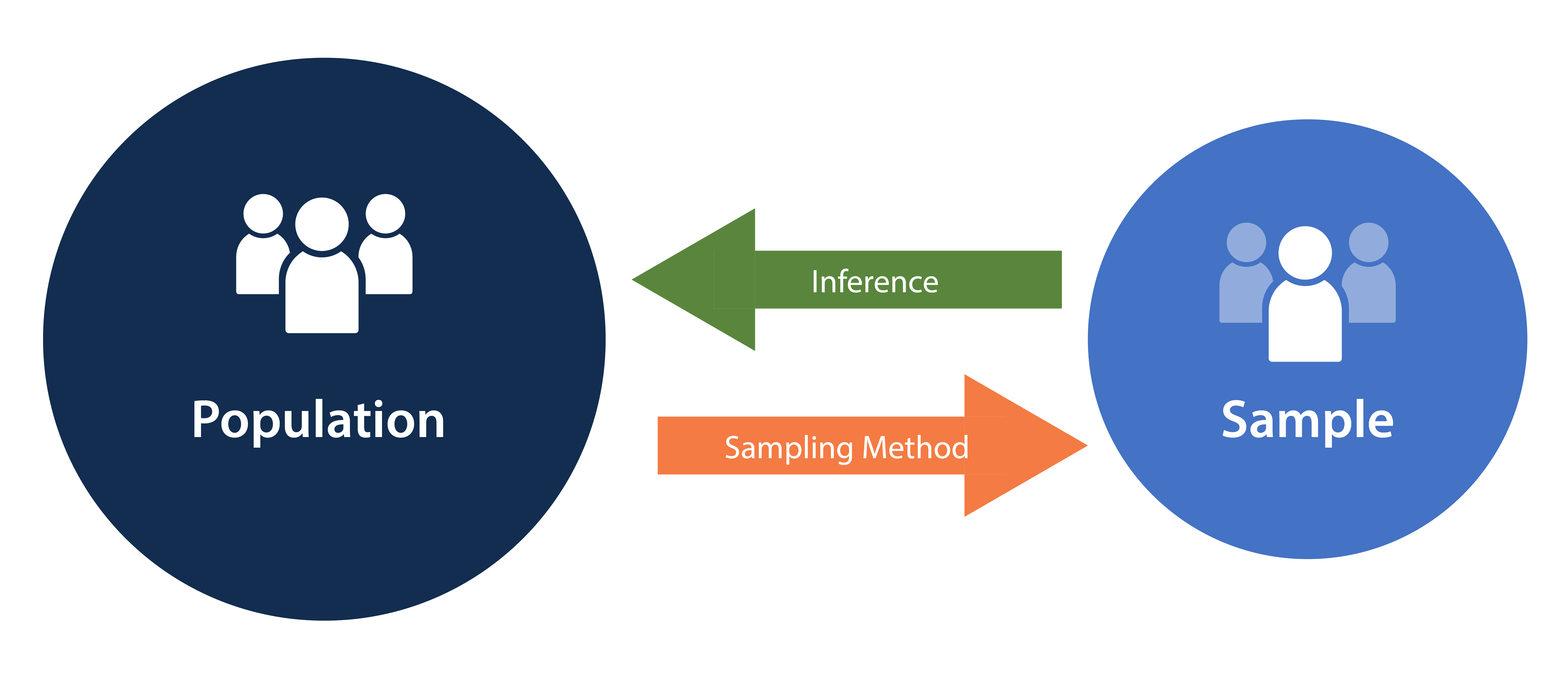Method for the Dissemination
1. Describe one internal and one external method for the dissemination of your evidence-based change proposal. For example, an internal method may be the hospital board, and an external method may be a professional nursing organization. Discuss why it is important to report your change proposal to both of these groups. How will your communication strategies change for each group?
2. In order to evaluate an evidence-based practice project, it is important to be able to determine the effectiveness of your change. Discuss one way you will be able to evaluate whether your project made a difference in practice. In-text citation and reference needed.

- Describe one internal and one external method for the dissemination of your evidence-based change proposal.
For example, an internal method may be the hospital board, and an external method may be a professional nursing organization. Discuss why it is important to report your change proposal to both of these groups. How will your communication strategies change for each group?
An internal method for the dissemination of an evidence-based change proposal could involve presenting the proposal to the hospital board. The hospital board is responsible for overseeing institutional changes and ensuring they align with the hospital’s mission, goals, and resources. Presenting the proposal to the hospital board allows for a focused evaluation of how the proposed changes can be implemented within the institution. The proposal can include data and specific implications for workflow, staffing, and resource allocation.
Externally, dissemination to a professional nursing organization, such as the American Nurses Association (ANA), would be important for reaching a broader audience of nursing professionals. This group focuses on setting industry standards and advocating for nursing practices, making it a key body for advancing evidence-based changes within the nursing profession. Sharing the proposal with a professional organization allows for peer review and encourages the adoption of new practices across the profession.
Communication strategies will differ for each group. The hospital board presentation would be more detailed and focused on internal logistics, costs, and resource use. In contrast, the communication with a nursing organization might emphasize clinical outcomes, broader applicability, and professional impact.
- In order to evaluate an evidence-based practice project, it is important to be able to determine the effectiveness of your change. Discuss one way you will be able to evaluate whether your project made a difference in practice.
One way to evaluate the effectiveness of an evidence-based practice project is through outcome measurement. This involves assessing patient outcomes before and after the implementation of the change. For instance, if the project focused on reducing patient falls in a hospital, data could be collected on the number of falls prior to the intervention and compared to post-intervention data over a specified period.
This approach enables the identification of measurable differences and allows for an analysis of whether the change had a statistically significant impact on improving patient safety. Additionally, surveys and feedback from staff can provide qualitative insights into how the change has affected their practice and the overall environment. This combination of qualitative and quantitative data would help determine the effectiveness of the change and guide any necessary adjustments.
References
Melnyk, B. M., & Fineout-Overholt, E. (2019). Evidence-Based Practice in Nursing & Healthcare: A Guide to Best Practice (4th ed.). Wolters Kluwer Health. https://shop.lww.com/Evidence-Based-Practice-in-Nursing—Healthcare/p/9781496384539
White, K. M., Dudley-Brown, S., & Terhaar, M. F. (2021). Translation of Evidence Into Nursing and Health Care Practice (3rd ed.). Springer Publishing Company. https://www.springerpub.com/translation-of-evidence-into-nursing-and-health-care-3rd-edition-9780826151251.html










